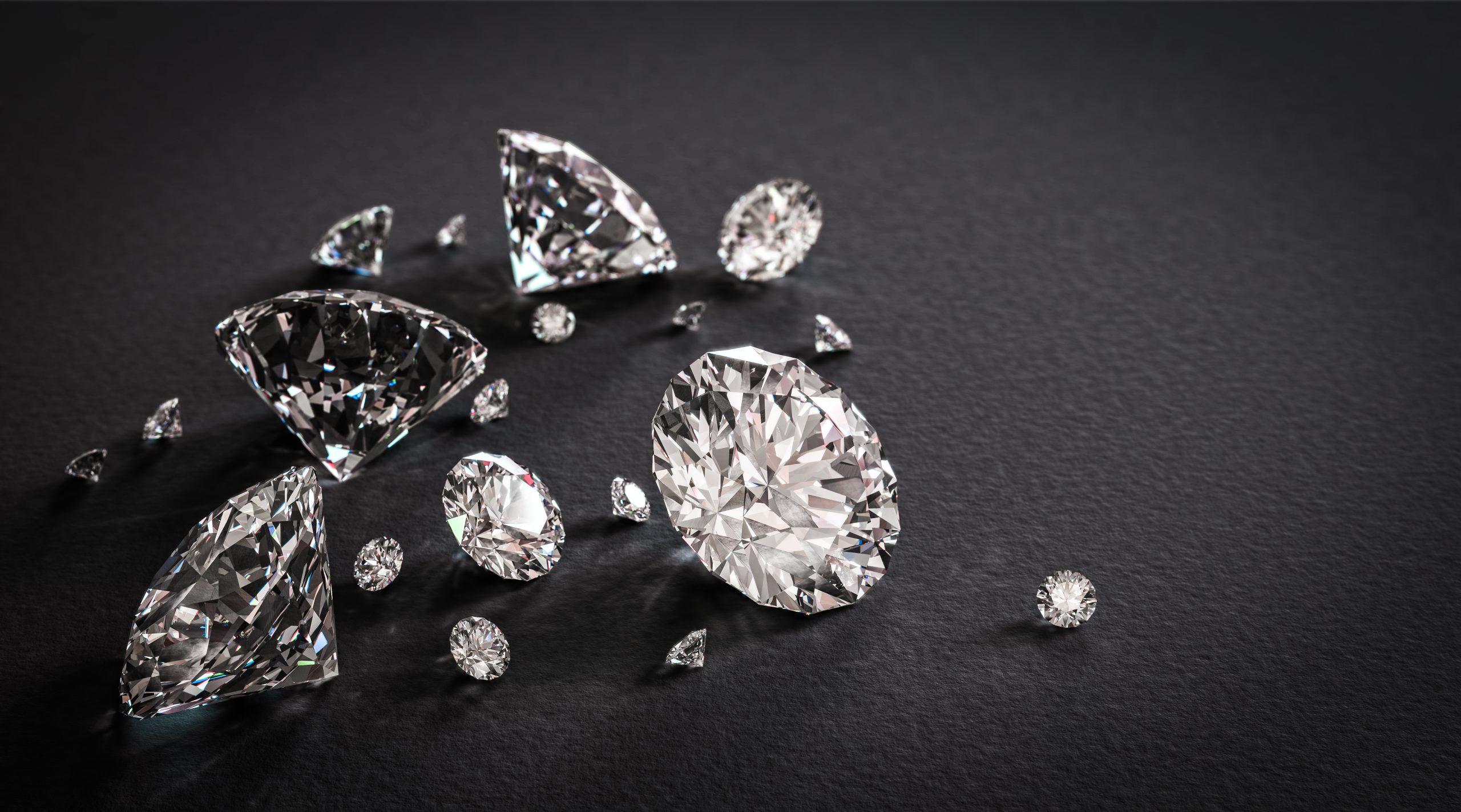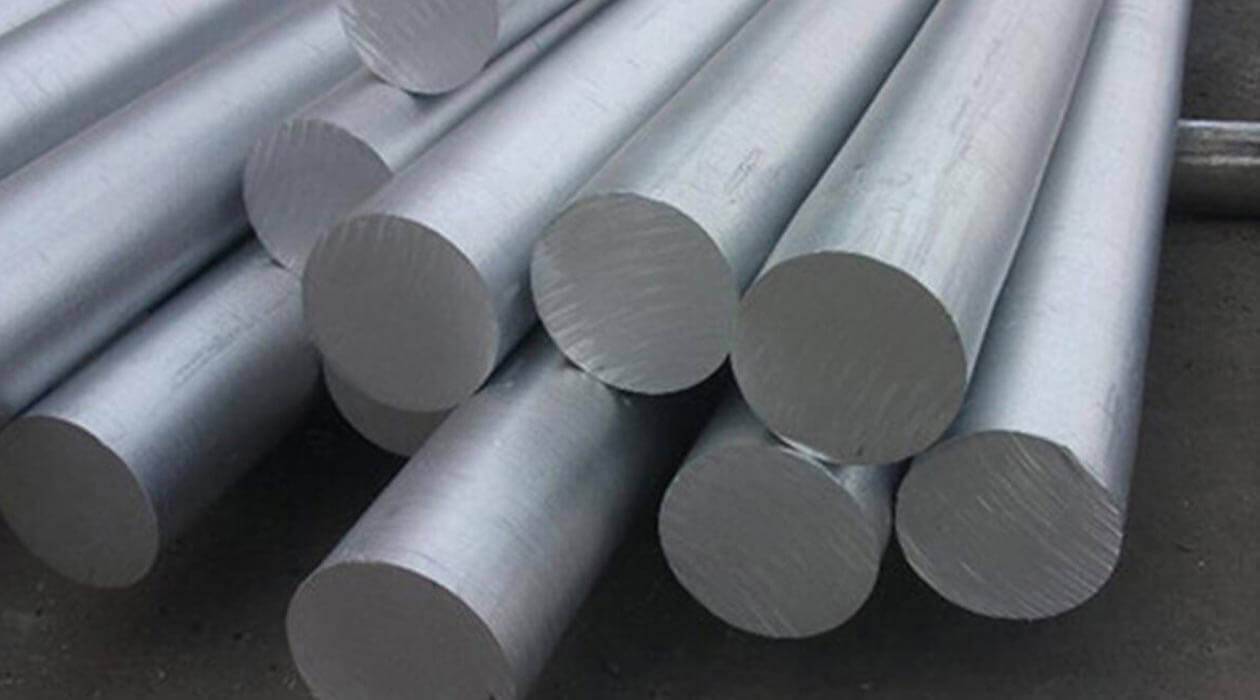Introduction
Diamonds have long been a symbol of luxury, love, and commitment. Traditionally, these precious stones were mined from deep within the Earth, often involving extensive and environmentally damaging processes. However, with advancements in technology and a growing awareness of ethical consumption, lab-grown diamonds have emerged as a viable and increasingly popular alternative. But what exactly makes these lab-created gems a worthy investment for the future?
What Are Lab Grown Diamonds?
Lab-grown diamonds, as the name suggests, are diamonds that are created in a controlled laboratory environment rather than being mined from the Earth. These diamonds are made using advanced technological processes that replicate the natural conditions under which diamonds form. There are two primary methods of creating lab-grown diamonds: High Pressure High Temperature (HPHT) and Chemical Vapor Deposition (CVD).
Despite being manufactured, Lab Grown Diamonds share the same physical, chemical, and optical properties as natural diamonds. This means that they are just as hard, durable, and brilliant as their mined counterparts.
Environmental Benefits
One of the most compelling reasons to choose lab-grown diamonds is their significantly lower environmental impact. Traditional diamond mining is notoriously resource-intensive and harmful to the environment. In contrast, lab-grown diamonds:
- Reduced Carbon Footprint: The production of lab-grown diamonds emits far less CO2 compared to mining operations.
- Less Water Usage: Manufacturing diamonds in a lab uses considerably less water than mining.
- Avoidance of Ecological Destruction: Lab-grown diamonds do not require the disruption of ecosystems or the removal of large amounts of earth, preserving natural landscapes and wildlife habitats.
Ethical Considerations
The ethical advantages of lab-grown diamonds are another significant factor driving their popularity. The diamond mining industry has long been associated with human rights abuses, including child labor, poor working conditions, and funding of armed conflict (so-called “blood diamonds”). Lab-grown diamonds offer a clear conscience for consumers because they are:
- Conflict-Free Origins: Since they are created in laboratories, there is no risk of supporting armed conflict or human rights abuses.
- Better Labor Conditions: Workers in the lab-grown diamond industry often enjoy safer, more regulated working environments.
- Human Rights Benefits: Supporting lab-grown diamonds helps to reduce the demand for unethically sourced natural diamonds.
Economic Advantages
Lab-grown diamonds are not only ethically and environmentally superior but also offer economic benefits:
- Cost Comparison: Lab-grown diamonds are typically 20-40% less expensive than natural diamonds of equivalent size and quality.
- Investment Potential: As the technology advances and consumer acceptance grows, lab-grown diamonds are becoming a smart investment.
- Market Trends: The demand for lab-grown diamonds is increasing, reflecting a shift in consumer preferences towards sustainability and ethical sourcing.
Quality and Purity
When it comes to quality, lab-grown diamonds are on par with natural diamonds. They boast:
- Chemical Composition: Lab-grown diamonds have the same chemical makeup as natural diamonds, consisting of pure carbon arranged in a crystal lattice.
- Durability and Hardness: With a Mohs hardness rating of 10, lab-grown diamonds are just as hard and durable as mined diamonds.
- Clarity and Color: Lab-grown diamonds can achieve the same high levels of clarity and color as natural diamonds, and they can even be produced with fewer inclusions and imperfections.
Technological Advancements
The field of lab-grown diamonds is continuously evolving thanks to technological innovations:
- Innovations in Diamond Creation: Methods like HPHT and CVD are becoming more refined, producing higher quality diamonds.
- Future Prospects: Advancements in technology promise even greater improvements in quality, affordability, and production efficiency.
- Role of Technology in Quality Improvement: Ongoing research and development are helping to create diamonds that are virtually indistinguishable from the finest natural diamonds.
lab grown diamond manufacturers in surat are collaborating with leading designers and jewelers to create unique and captivating diamond-based products that cater to the evolving preferences of conscious consumers.
Customization and Design
Lab-grown diamonds offer incredible flexibility in terms of customization and design:
- Variety of Options Available: From size to shape to color, the options are virtually limitless.
- Custom Design Possibilities: Jewelers can work with clients to create unique, one-of-a-kind pieces using lab-grown diamonds.
- Popular Trends in Lab-Grown Diamond Jewelry: Trends such as colored diamonds and intricate settings are easily achievable with lab-grown stones.
Consumer Perception
Consumer attitudes towards lab-grown diamonds are shifting positively:
- Growing Acceptance: More consumers are embracing lab-grown diamonds for their ethical and environmental benefits.
- Celebrity Endorsements: High-profile endorsements from celebrities and influencers are boosting the popularity of lab-grown diamonds.
- Market Statistics: Sales of lab-grown diamonds are increasing, indicating a strong and growing market presence.
Comparing Lab-Grown and Natural Diamonds
When comparing lab-grown and natural diamonds, several factors come into play:
- Visual Differences: To the naked eye, lab-grown diamonds and natural diamonds look identical.
- Value Retention: While natural diamonds have historically held their value well, lab-grown diamonds are gaining recognition as a valuable alternative.
- Resale Value: The resale market for lab-grown diamonds is developing, with increasing acceptance and demand.
Buying Guide
If you’re considering purchasing a lab-grown diamond, here are some tips:
- How to Choose a Lab-Grown Diamond: Look for reputable jewelers and ensure the diamond comes with proper certification.
- Certification and Authenticity: Verify that the diamond has been certified by a recognized gemological institute.
- Best Places to Buy: Consider both online and brick-and-mortar retailers known for their expertise in lab-grown diamonds.
Care and Maintenance
Maintaining your lab-grown diamond is straightforward:
- Cleaning Tips: Regular cleaning with mild soap and water, or using a jewelry cleaner, will keep your diamond sparkling.
- Longevity of Lab-Grown Diamonds: With proper care, lab-grown diamonds can last a lifetime.
- Repair and Service: Should your jewelry need repair, lab-grown diamonds are as resilient as natural diamonds and can be serviced by most jewelers.
Legal and Industry Standards
The lab-grown diamond industry is regulated to ensure quality and transparency:
- Regulations on Lab-Grown Diamonds: Various countries have established regulations to govern the production and sale of lab-grown diamonds.
- Industry Standards and Certifications: Leading gemological institutes provide certification and grading for lab-grown diamonds.
- Impact of Legislation on the Market: Legal frameworks are evolving to support the growth and legitimacy of the lab-grown diamond market.




